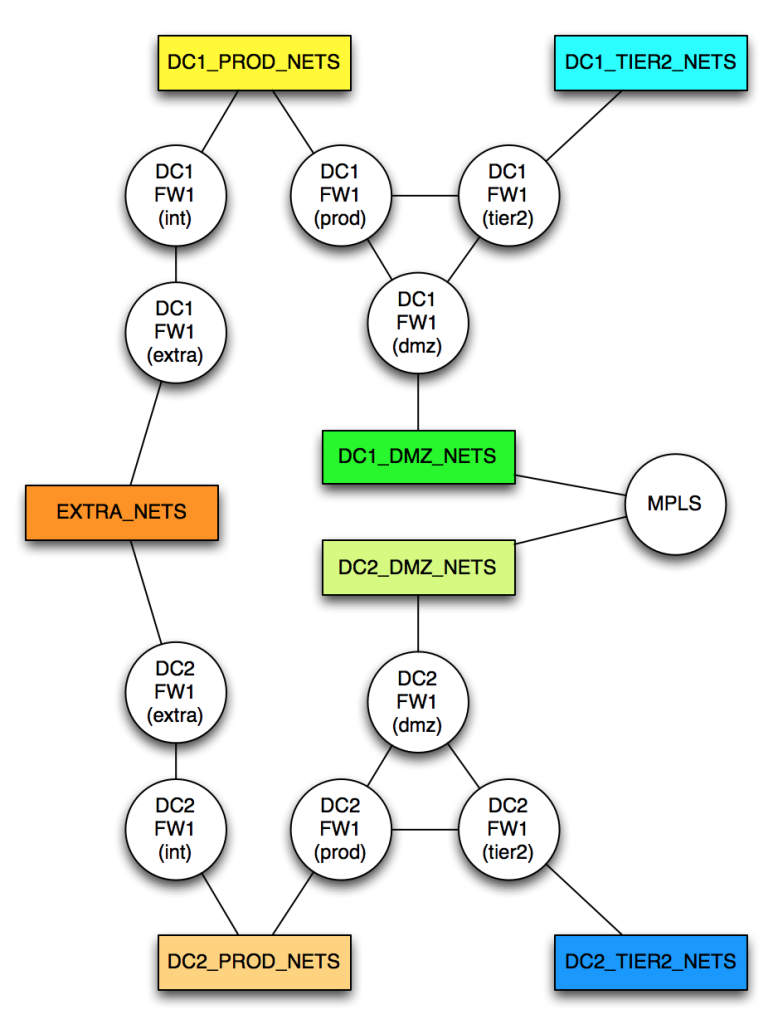eBay sells stake in Craigslist, which responds with Shakespeare quote
EBay has sold its 28.4 percent ownership stake in Craigslist as part of an agreement between the companies announced Friday .The financial terms of the deal were not disclosed, but eBay said the companies have also agreed to end the outstanding litigation between them. The online auction house paid $32 million in 2004 for the stake in Craigslist, which turned the classified ad market on its head.Since then, the relationship between the two firms could best be described as contentious. In 2008, eBay sued Craigslist alleging it had diluted eBay’s stake in the business and taken eBay’s board seat away. Craigslist fired back that eBay had used its position on the board to gain an unfair competitive advantage.To read this article in full or to leave a comment, please click here
 NFV can deliver tremendous rewards.
NFV can deliver tremendous rewards. Considerations for the implementation of NFV.
Considerations for the implementation of NFV. The closely watched startup is preaching a programmable data plane.
The closely watched startup is preaching a programmable data plane.

